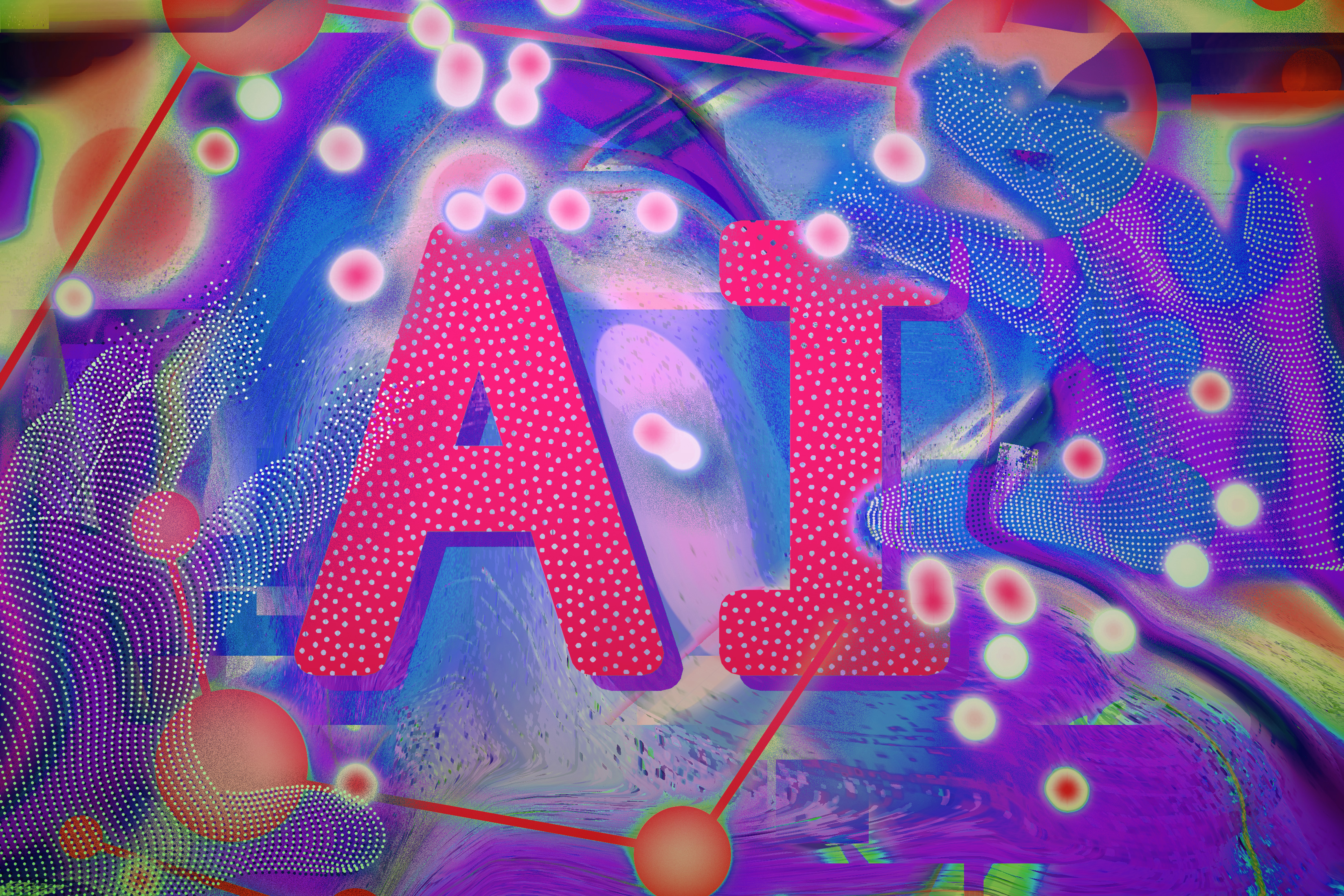AI CREATES ARTIFICIAL WORLDS: CREATING NEW DATA LIKE A HUMAN
A revolution in artificial intelligence is afoot and it’s all about generative AI. Forget about the old days of AI predictions, we’re talking about AI that can create entirely new data from thin air. But what exactly is generative AI?
In the past, when people spoke about AI, it was all about making predictions based on data. But the generative AI of today is all about creating new data, not just predicting outcomes. This is the next level stuff, folks.
One of the pioneers in generative AI is OpenAI’s ChatGPT, a chatbot that seems to be able to write like a human. But the technology itself isn’t brand new – researchers have been working on this kind of thing for over 50 years.
While earlier AI could only generate simple text or predictions, today’s top-of-the-line generative AI models, like ChatGPT, are trained on billions of data points and can produce complex human-like text. That’s a whole lot of progress!
The revolution is being powered by complex deep-learning architectures that can train models on massive datasets and achieve jaw-dropping results. With new technology like GANs, diffusion models, and transformers, we’re talking about a substantial leap in the capabilities of AI.
The applications are countless. From creating synthetic image data to design novel protein and crystal structures, generative AI is shaping the future of technology and science. But like all good things, generative AI isn’t perfect and still has its limitations, such as not being the best choice for certain types of data.
Let’s hear from you – what’s your take on this generative AI revolution? Do you see it as the next big thing, or do you have some concerns? Drop us a comment and let’s keep the conversation going!
IntelliPrompt curated this article: Read the full story at the original source by clicking here a fun game: sprunki horror

